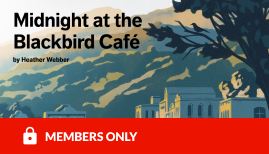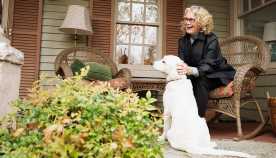AARP Eye Center
- right_container
- Health
- Money
- Work & Jobs
- Social Security
- Medicare
- Caregiving
- Games
- Travel
- More...
- Entertainment & Style
- Family & Relationships
- Personal Tech
- Home & Living
- Auto
- Staying Sharp
- Podcasts
- Videos
The Case Estates
Significance
The significance of the Case Estates Area to Weston, and the region, derives principally from the horticultural activities of Marian Case, whose Hillcrest Gardens’ horticultural center helped preserve the agricultural tradition and rural landscape of Weston, and protected the land from further suburban development.
The approximately 118 acres, includes farmhouses, 19th century summer estate buildings, and turn of the century residences set within a significant horticultural vista of farm fields, woodlands, orchards, wetlands, and landscaped gardens.
The buildings are representative of important periods in the town’s history, including the early 19th century Farming Era, 19th century Estate Period, and turn of the century early suburban development. Although architecturally diverse, many of the buildings are linked historically to the locally prominent Case family.
Plantings of horticultural significance, including many specimen trees and shrubs, are located throughout the area and stone walls dating from the late 18th to early 20th century exemplify varied construction methods and serve as important landscape features. Because of the large amount of open land, the area retains a distinctly rural feeling.
The main estate house, which is now the school administration building, outbuildings, and acres of undeveloped former estate land once belonged to James Case, one of Weston’s first summer estate owners. The James Case Estate can be considered among the most complete remaining Weston summer estates.
AARP Events for Weston
-
Featured Event
Tech Tools in Disasters
Wednesday, Mar 5, 2025 at 1:00 p.m. ET
Zoom
Online Event
-
Featured Event
AARP MA Navigating Massachusetts Paid Leave
Wednesday, Mar 12, 2025 at 12:00 p.m. ET
Zoom
Online Event
-
Featured Event
Boston Volunteer Network Meeting 3/21/25
Friday, Mar 21, 2025 at 11:00 a.m. ET
One Beacon Street
Boston, MA

with Automatic Renewal
- Immediate access to your member benefits
- Discounts on travel and everyday savings
- Subscription to AARP The Magazine
- FREE second membership

























































